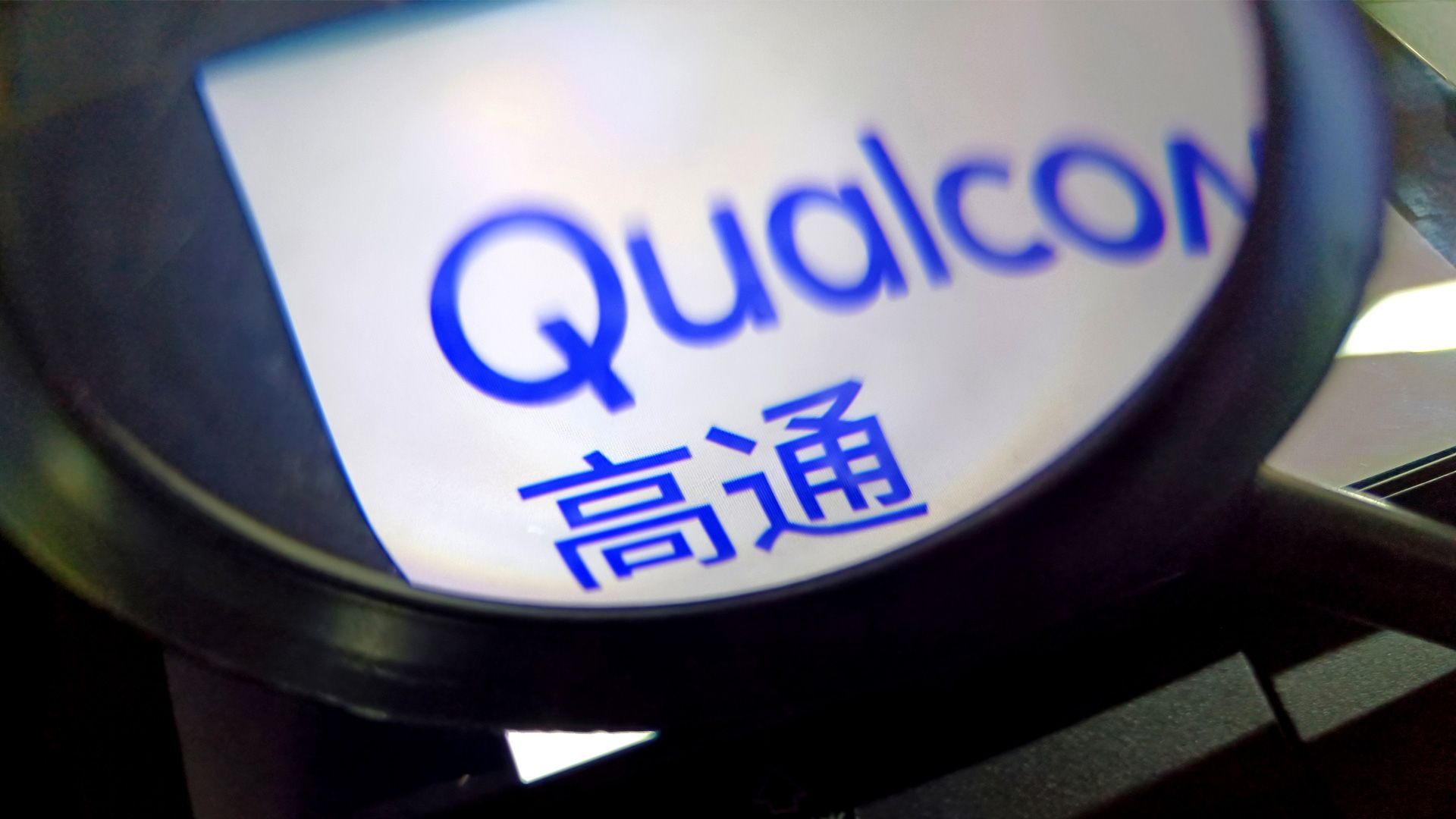China probes Qualcomm with antitrust investigation in the latest asymmetric trade negotiation salvo — Autotalks acquisition risks fouling anti-monopoly laws
China’s regulatory body for business, the State Administration for Market Regulation (SAMD), has announced an antitrust investigation is now under, looking into the purchase of Israeli connected-vehicle technology company, Autotalks, by Qualcomm earlier this year, according to Bloomberg. With the deal now months old and having cleared all regulatory approval in the U.S., this move…
China’s regulatory body for business, the State Administration for Market Regulation (SAMD), has announced an antitrust investigation is now under, looking into the purchase of Israeli connected-vehicle technology company, Autotalks, by Qualcomm earlier this year, according to Bloomberg. With the deal now months old and having cleared all regulatory approval in the U.S., this move is largely seen as a punitive measure towards America as part of the ongoing trade negotiations and ahead of the proposed meeting between President Trump and Xi Jinping at the end of October.
U.S. and Chinese trade relations have been volatile throughout much of 2025. On-again, off-again tariffs and blocks on key materials like GPUs and rare earth minerals have soured relations and led to worsening trade conditions between the two countries. There’s been a lot of posturing to go with the economic maneuvering, and as part of that, China has initiated several investigations into U.S. companies. It began with an antitrust investigation into Nvidia’s purchase of networking hardware company, Mellanox, earlier this year. Now it’s opening an investigation into another US company, and a key technology venture, Qualcomm.

That’s why much of the analyst opinion of this announcement has been leaning towards this being another attempt to sway ongoing and upcoming trade negotiations. With the U.S. and China continuing to discuss how to handle the sales of high-end GPUs for AI training and inference, and America’s access to Chinese rare earth minerals, this investigation is a chip China has placed on the negotiating table. It could be withdrawn as a form of carrot to encourage favorable terms for China, or doubled down upon as a stick to extract further concessions from the Trump administration.
China’s investigation into Nvidia’s business dealings, as well as claims it installed tracking hardware in its GPUs, were seen as much the same. The tightened export controls on Chinese rare earth minerals China instigated this week, are thought likely to be moves to strengthen China’s position during negotiations.
If you can’t beat them, join them
The irony of all this is that China is pursuing an aggressive merger and acquisition (M&A) strategy of its own. Following the trade turbulence and supply chain disruption during the trade war between the US and China this year, Chinese companies have been pursuing strategic acquisitions in Southeast Asia to circularize supply chains and add additional resilience and redundancy to industries vulnerable to outside interference.
China relaxed M&A-related loan regulations for technology companies earlier this year and tried to force more localized hardware sourcing with requirements that data center firms source at least 50% of their chips from domestic sources. This has led to a 45% increase in M&A activity in mainland China over the first half of this year, according to SCMP, totalling $171.5 billion. There were also 29 individual deals worth more than a billion dollars, compared with just 17 last year. That’s still less than the peak times between 2015 and 2021, where M&A activity was as high as $250 billion in each of those years, but shows a huge swing in Chinese policy.
Major investment targets for China include Malaysia, Indonesia, Vietnam, and Thailand, all of which enjoy close proximity to China, shortening supply chains while enhancing Chinese supply line durability. This is all part of what companies are calling a “China+N” approach, where Chinese companies diversify their supply lines through a range of companies from different countries: “N.” This is starkly different from the China+1 strategy, which sought to add at least one more international company to the supply chain.
It’s not all plain sailing for Chinese companies, though. A drive towards having semiconductor tool-making companies merge to be more centralized stalled in late Summer due to difficulties matching company infrastructure and goals among the dozens of potentially merged firms.
Mergers can’t account for American leads in certain fields, too. Although China is working hard to develop domestic AI hardware, its GPUs are years behind U.S. counterparts.
A multi-polar world
China’s long-term strategy has certainly shifted in 2025, moving towards a more self-sufficient, Asia-first focus that is seeing it pull away from traditional American partners. This is largely down to trade disruption from the Trump administration’s tariffs and punitive trade policies that were very adversarial in the first half of the year.
There were signs of the trade war cooling in recent months, with President Trump flip-flopping on his public opinions on China-linked Intel CEO, Lip-Bu Tan, and eventually allowing high-end GPUs to be sold to China. However, in recent weeks, the Chinese curbs on exports of rare earth minerals, these additional investigations, and tit-for-tat port fees have soured the relationship again.
There are now discussions of whether the planned trade talks between the two countries’ leaders will happen at all at the end of October.
Although industries and governments no doubt hope for a return to tighter talks and negotiations, there does appear to be a global shift from a highly integrated worldwide economy to more of a multi-polar one. Global Bank and investment firm, Arc Group’s September analysis suggests Europe, America, and Asia (with China at its heart) are all developing their own independent supply chains that are more locally resilient and less reliant on global cooperation.
If that proves true in the months and years to come, we may see more investigations into U.S. companies in further attempts to limit their activity and provide a stronger footing for their Chinese counterparts.

Follow Tom’s Hardware on Google News, or add us as a preferred source, to get our latest news, analysis, & reviews in your feeds.

